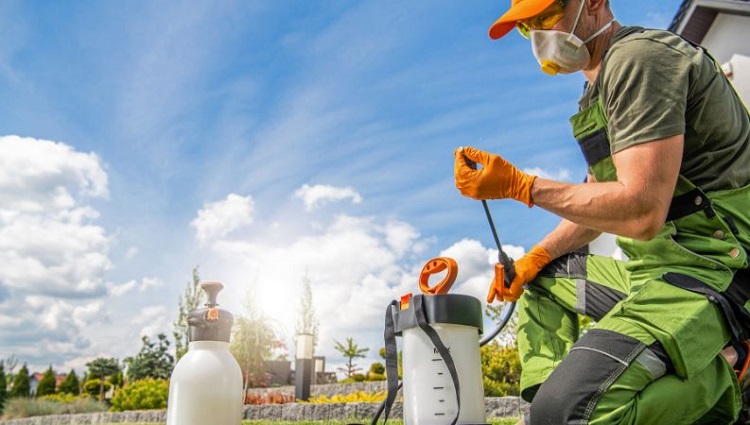The Unexpected Role of Lighting Choices in Preventing Pest Infestations
Light actually affects the behavior of pests in terms of their activity and choice of areas to breed and reside. For residents and businesses seeking effective solutions for pest control in Tumwater, learning some of the most effective ways to use light to influence pest activity could be a turning point.
Some of the pests are easily drawn to light which resemble natural lighting conditions and these include the ultra violet or the blue light. On the other hand, some of the lighting options used may repel pests and make an environment uncomfortable for them to exist in. Such dynamics help individuals and businesses to make contractual decisions about lighting to adequately control pests.
Table of Contents
What Kind of Lighting Stops Pests?
It is important that homeowners use yellow or amber lights since these are less attractive to most pests than bright white or blue lights. Such warmer tones interfere with the senses through which pests use to associate with the source of light to avoid being exposed to it.
Also, proper positioning of lights, for instance those long mileage away from doors as well windows will reduce instances of pest invasion in inside spaces. Contemplative lighting also plays a part in prevention of pest attraction as well as for boosting efficiency as well as looks.
Does Proper Placement of Lights Matter in Pest Management?
Lighting is another component of interior design; the best position of the light is as significant as the type of the light. Security lights should therefore be downward and placed off the entrance area to prevent pest entries. Interior lighting may also be controlled so as to reduce leakage of light through windows at night, and thus attract insects. They make conditions that are less conducive to pest survival, which is the idea behind better pest control.
How Lighting Choices can support the Sustainability Objectives?
LEDs and other forms of energy-efficient lighting that can be installed are not only friendly to the consumer when it comes to power use, but they also discourage pest infestation. Insects are not interested in these lights because they emit very low ultraviolet light. Relating pest control lighting policies to general environment and financial planning objectives may lead to perfect balance between pest control, minimized expenditure, and adherence to environment standards.
What Must Be Taken into Account While Choosing Lighting?
Before choosing the right lighting, one should consider options including the size of the area, use of specific area, and whether the area connects with outdoor settings. While choosing the appropriate pest control lighting, professionals must discuss with specialists the lighting required for particular functionality and design preferences. Selection of proper lighting improves security and comfort and, at the same time, promotes significant saving and reduces anxiety.
Conclusion
The relationship between appropriate lighting selection and potential pest infestation is therefore demonstrating an intangible link between financial and ecological planning. Understanding pest response to different types of light and their positions minimizes pest occurrence and expenses in people and companies. Organizational technique of doing things not only helps to promote health and improve the ambience but also enhances long-term profitability and sustainability prospects. Optimized lighting choices are efficient and a good approach to combating pests without having to ruin the show aesthetic value.

